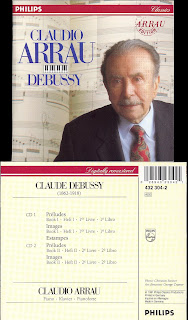
KD Lang [Ingenue]
KD Lang [Ingenue]
Two non Classical discs in a row!, actually knowing my love for non Classical music this doesn't surprise me, yet my Blog is very much a mirror of my love for music, this is the 304th day of the year, and so far 244 days have been represented by a Classical disc, this leaves 60 days where i reported on a non Classical disc in my Blog, so it's roughly 80% Classical!, i hope to change this in the future, if i'm a 'Musical Octopus', then i'm picking Classical music with six of my tentacles!, this really needs to change.
KD Lang is of course Canadian, she will be 49 in a couple of days, she's very much a Country singer i suppose, yet on this disc she casts that all away, and sings more serious pop ballads, the booklet cover [by Glen Erler] is a soft focus shot of Lang, sepia toned, really nice lighting from above, and the lettering is really clever, at the top and bottom, making a nice sandwich.
This album is a great mix of musicians, two especially i would like to mention, Gary Burton, a Jazz vibes player, he also plays marimba on this recording, not an upfront soloist, but someone who colours things in the background, very effective indeed, the vibraphone is a wonderful instrument, and also Myron Schultz, a Clarinetist, he makes some nice noises, and even a solo or two, well chosen colourists.
This time on listening, i really got into it, really enjoyed most of the songs, but especially tracks 7 & 10, certainly 'Constant Craving' is my favourite, but on this listen i was really affected by track 7, 'Season Of Hollow Soul', there's a nice bass undercurrent to the song, sounding like an upright bass, Lang's voice is so smoky and soulful, it's the three verses that are so interesting, filled with rich imagery and poetry,
Keen to the shifting of wind
I bend to it blind
To rid these kisses of sin
That must stay behind
Sour of the fruit of neglect
The core of my doubt
Deprived are my veins you infect
With or without
Seeds of uprooted chance
Are grains of goodbye
Waving boughs so slowly dance
Questioning why
and it's the third verse that takes off [1:07+], a nice extra kick of volume, interspersed with cello and clever sparing piano, and then a lovely clarinet solo [2:30-3:02], lasting a half minute, nice and jazzy, slightly disembodied, right at the end comes a lovely outtro [4:17-4:55], which mimics the intro, a great way to finish the song, it was so nice to examine and analyse this today.
Here's KD Lang singing 'Season Of Hollow Soul' on YouTube.




















